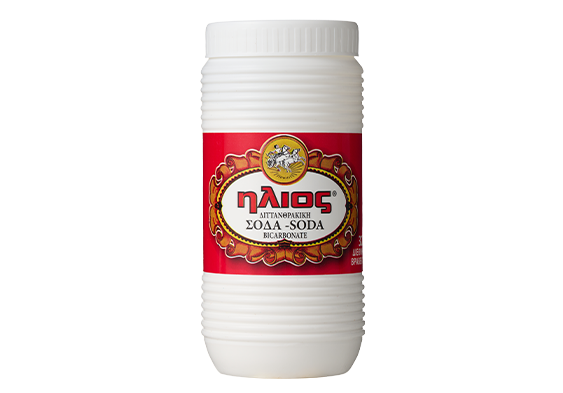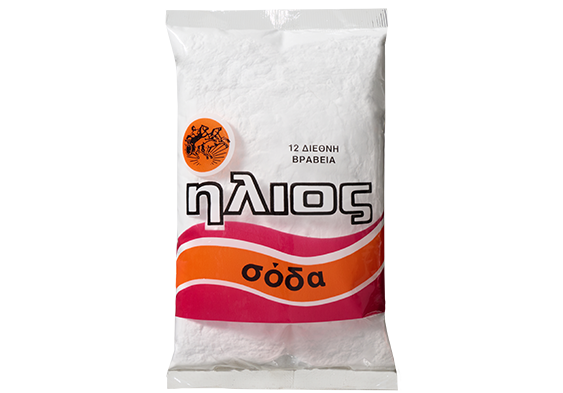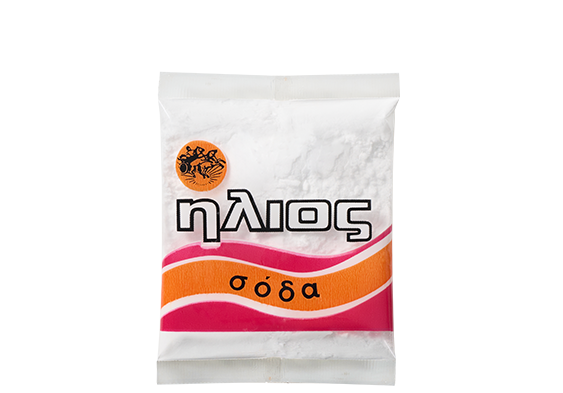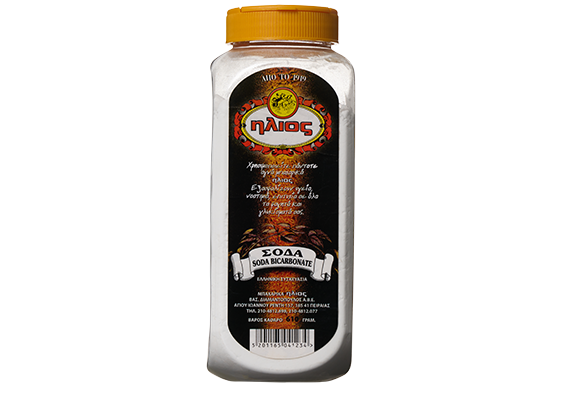When mixing baking soda with the acidic liquid and water, bubbles of carbon dioxide gas will be formed. This reaction happens instantly while beating the batter or the pastry. This means that if you leave the pastry containing baking soda on the counter, the carbon dioxide will disappear and the recipe will fail. The gas bubbles are formed thanks to the oven’s heat and cause the pastry to rise, giving you a light bread and cookies.
For crispy chicken: Rub chicken’s skin with baking soda before cooking it. This will keep the skin clean and will keep the chicken juicy. We sprinkle the chicken with a small quantity of baking soda and we rub it in before seasoning.
Whitening Vegetables
The cauliflower can yellow when cooked in hard water. Adding some baking soda to the boiling water just before cooking it keeps the vegetable white. Corn will also look brighter if you add a pinch of baking soda to the cooking water.
Baking soda has a place in almost every kitchen, whether it is keeping your fridge free of odors or removing burned foods from pots and pans. Baking soda neutralizes acids, softens water, provides a mild abrasive for cleaning and absorbs odors.




